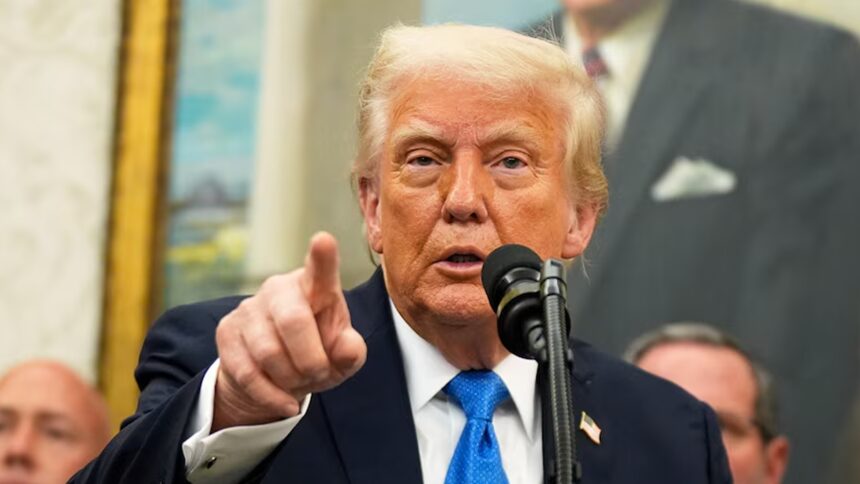President Donald Trump announced on Wednesday that the United States will impose a 20% tariff on imports from Vietnam under a new trade agreement reached during last-minute negotiations.
This new tariff is significantly lower than the 46% tax that was set to take effect next week as part of Trump’s global tariff plan, which he announced in April. Dozens of other economies, including the European Union and Japan, are still attempting to finalize their own agreements with the U.S. before the planned increases.
Terms of the “Great Cooperation Deal”
Under the new agreement, Vietnam will not impose tariffs on American products, Trump stated in a social media post. Tariffs usually raise prices for buyers, which can, in turn, reduce demand.
The “Great Cooperation Deal,” as Trump dubbed it, will also implement a higher 40% tariff on goods transiting through Vietnam in a process known as “transshipment.”
“Vietnam will do something it has never done before, give the United States of America FULL ACCESS to their Markets for Trade,” Trump posted on his Truth Social platform.
Background on Trump’s Global Tariff Strategy
Trump initially imposed high tariffs on trading partners worldwide in April, citing a lack of “reciprocity.” However, he later announced a pause where all tariffs were reduced to 10%. Since April, Washington had only previously announced a pact with Britain and a temporary agreement to lower retaliatory tariffs with China.







